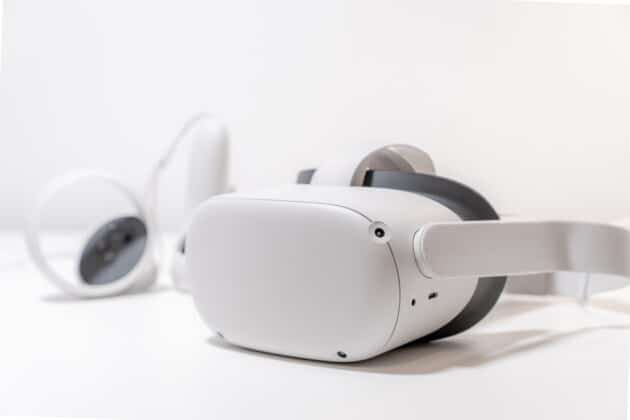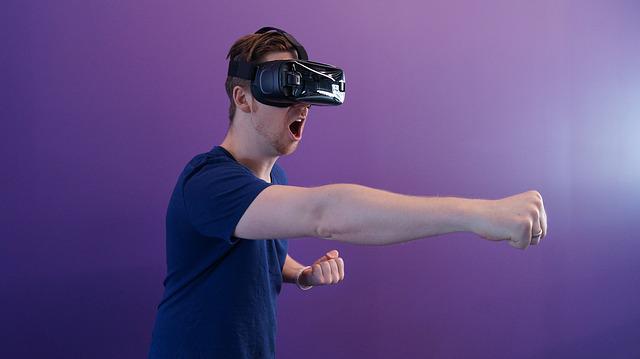People who are unable to access the outdoors can benefit from nature exposure in virtual reality (VR). How these simulated experiences stack up against actual outdoor encounters is a subject of little research. We investigate the effects of 6 minutes of outdoor nature exposure against 6 minutes of exposure to a 360-degree VR nature movie. That was shot at the outdoor nature exposure location on healthy undergraduate students. Measurements are made of skin conductivity, mood, and regenerativeness before and after exposure. In contrast to an interior environment devoid of nature, we discover that both types of nature exposure raise physiological arousal, benefit positive mood levels, and are restorative. Positive mood levels, however, rise with outdoor exposure while remaining stable with virtual nature.
The benefits of the nature-based experience outweigh the variation that can be accounted for by participant preferences, individuals’ experiences with nature and virtual reality, and demographic factors. VR nature experiences could be used to encourage mental wellness in areas where individuals don’t have much access to the natural world.
Introduction to 360-degree virtual reality
360-degree movies in virtual reality (VR) are one practical and affordable approach to providing people access to nature. The cost of all-in-one VR headsets dropped to $399 USD or less in the spring of 2019. Starting an online business based on VR devices can be a better business. However, there has been a lot more research and interest in VR technology in the past. Sutherland (1965) used The Ultimate Display to detect a user’s head and alter the basic visuals on a wearable display, creating the impression that the user is in a virtual environment around them.
The popularity and commercial potential of VR peaked in the 1980s before waning throughout the 1990s, primarily due to the technology’s high cost or inefficiency as a result of hardware constraints. At that time, the cave automated virtual environment (CAVE), which allowed people to enter a chamber with computer visuals projected on the walls, was introduced. Because it offered less expensive VR headgear that made use of readily available smartphone hardware components, such as inertial measurement unit (IMU) sensors and screens that tracked movement, the 2012 launch of Oculus VR sparked a resurgence in public interest There were announced all-in-one VR gadgets in the fourth quarter of 2018 that didn’t need any further parts.

Material and Method
The weight and price of headsets are still being reduced, while display characteristics like resolution and frame rate are also being improved. Panorama video view has fewer setup and computing requirements than many targeted VR use cases. Recent developments have made it simpler for people to obtain and apply this technology for therapeutic purposes.
Research design
A between-subjects design was used to examine how being in nature affects one’s mood and capacity for recuperation. A woodland setting outdoors, a 360-degree movie replayed in a VR headset with noise-canceling headphones, or an inside environment with no access to the outdoors was the three circumstances to which participants were randomly assigned. Before the condition, surveys were conducted on preferences for nature, experiences in nature and virtual reality, and demographics. After the condition, surveys were conducted on restrictiveness. Before and after the condition, surveys on mood were conducted.
The experiment was conducted at a learning facility next to a hardwood forest between September and December of last year. Participants were recruited on the university campus, which was around 10 minutes away from the center. The temperature in the climate-controlled area where the indoor activities took place was fixed to 72 degrees Fahrenheit. Only dry days between 70 and 80 degrees Fahrenheit in September and October 2017 were suitable for outdoor activities.

Experimental Conditions
A 59-acre bottomland oak-hickory forest with songbirds, small mammals, and relatively deep levels of foliage was home to the outdoor condition site. Due to its characteristics, which are consistent with restorative ideas suggested by attention restoration theory and stress restoration theory, this natural environment was chosen. The setting also offered some visual ideas of prospect and sanctuary basonrom the vegetation pattern. Those may have given participants a sense of security while being in a heavily forested area. The precise location of the outdoor experiment was a meter from a small, roughly four-meter-high bluff that overlooked a rushing creek. The view also includes a body of water.
Disgust and beauty were two preferences toward nature that were measured. The Disgust Sensitivity Scale was used to measure the former. On a five-point Likert scale ranging from “Not at all disgusting” to “Very disgusting,” participants indicated how much they found certain experiences in the natural world to be repulsive. Such as “getting itchy from dust and sweat on my skin,” “having to sit on the grounds in the woods,” and “finding a tick crawling up my leg.” The sum of the responses to the 15 items yielded a total disgust score, with higher values indicating stronger degrees of disgust.
Attrition and Deterioration of virtual reality
Virtual reality exposure therapy (VRET) for SAD may have some advantages over exposure in vivo in that there may be less attrition from treatment when social events are exposed virtually as opposed to in real life. Attrition refers to the termination of therapy prior to its completion. Three RCTs comparing VRET with exposure in vivo in SAD were included in a recent meta-analysis evaluating attrition in VRET for anxiety disorders. The studies’ findings show that attrition rates are not any lower in VRET than in vivo exposure, according to the authors’ analysis.
What about the drawbacks of VR therapy, though? The rates of VR deterioration were examined in a recent study using datasets that were retrieved from 15 published randomized controlled trials for anxiety disorders, including 4 RCTs with SAD. The Reliable Change Index was used to measure degradation. The overall findings demonstrated that the deterioration rates for VR therapy were equivalent to those for other therapeutic modalities and that they were lower for patients receiving VR therapy compared to those in waiting list control groups. The results, however, were not broken down by kind of anxiety illness.





